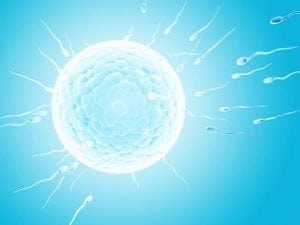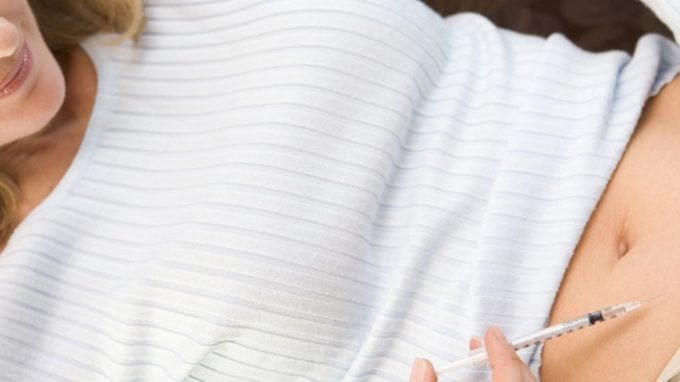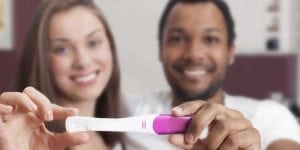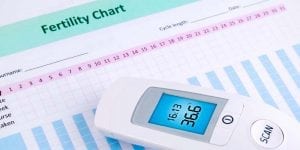In today’s modern world, there are several available options for couples struggling with infertility. One option is the myriad of fertility shots available. Depending on what exactly is needed in order to help the body produce a viable and healthy pregnancy, any one or combination of injectable fertility medications may be recommended by a doctor. Below are the three most common types of injections and what mechanism in the woman’s body they aim to help.
Follicle Stimulating Hormones:
Follicle Stimulating Hormones, or FSH, are used to help ovaries produce more viable eggs. Typically, in a woman’s body there are a group of eggs that are destined to grow and others that are destined to dissolve. Of the good eggs that are bound to grow, usually only one egg will grow during a normal cycle. With the addition of FSH medication though, the amount of eggs that are capable of developing increases drastically. FSH medication makes the ovaries produce an abundance of developed eggs that can be used for in vitro fertilization, or IVF treatments. FSH medication can also be combined with Luteinizing Hormone, or LH. In women, LH can help with the quality of egg that grows. In some rare cases, LH can also help with development too. When a woman undergoes in vitro fertilization treatment, both the amount of eggs and the quality of eggs has increased as a result of the FSH medication. This means the good eggs that are collected by a doctor can help increase the chances of a successful IVF treatment and pregnancy.
Controlled Timing Medication:
 Other fertility shots available help control the timing of ovulation to help increase the chance of pregnancy. During ovulation, a woman’s naturally occurring LH increases drastically in the body as the good, developed eggs are released from the ovaries to the fallopian tubes. This timing medication blocks the natural LH surge, thus controlling the time that ovulation occurs. This timing medication comes in two forms of Gonadotropin Releasing Hormones, or GnRH, agonists or antagonists. Agonists are used daily during the ovulation stimulation period. Antagonists are used only once a follicle (immature egg) reaches a healthy size for ovulation. When collecting eggs for IVF it is important to know the collection is taking place during the correct time to gain the greatest amount of good eggs. In cases where IVF is not being used, GnRH medication can help prevent women from ovulating too early, and thus increase the chance of pregnancy.
Other fertility shots available help control the timing of ovulation to help increase the chance of pregnancy. During ovulation, a woman’s naturally occurring LH increases drastically in the body as the good, developed eggs are released from the ovaries to the fallopian tubes. This timing medication blocks the natural LH surge, thus controlling the time that ovulation occurs. This timing medication comes in two forms of Gonadotropin Releasing Hormones, or GnRH, agonists or antagonists. Agonists are used daily during the ovulation stimulation period. Antagonists are used only once a follicle (immature egg) reaches a healthy size for ovulation. When collecting eggs for IVF it is important to know the collection is taking place during the correct time to gain the greatest amount of good eggs. In cases where IVF is not being used, GnRH medication can help prevent women from ovulating too early, and thus increase the chance of pregnancy.
Progesterone Injections:
Progesterone is a naturally occurring hormone that is produced by a woman’s ovaries after she ovulates. The hormone helps to keep the uterine lining from shedding so that a healthy, fertilized egg can attach to the uterine wall and begin to grow and develop. In some women, their body does not produce enough of this hormone to maintain a pregnancy. The drug Progesterone can be injected daily. By receiving injections, the body can maintain the highest blood level of the hormone for maximum effectiveness. The increased Progesterone in the woman’s system helps to maintain a healthy uterine lining for a healthy pregnancy.
What to expect with fertility shots:






